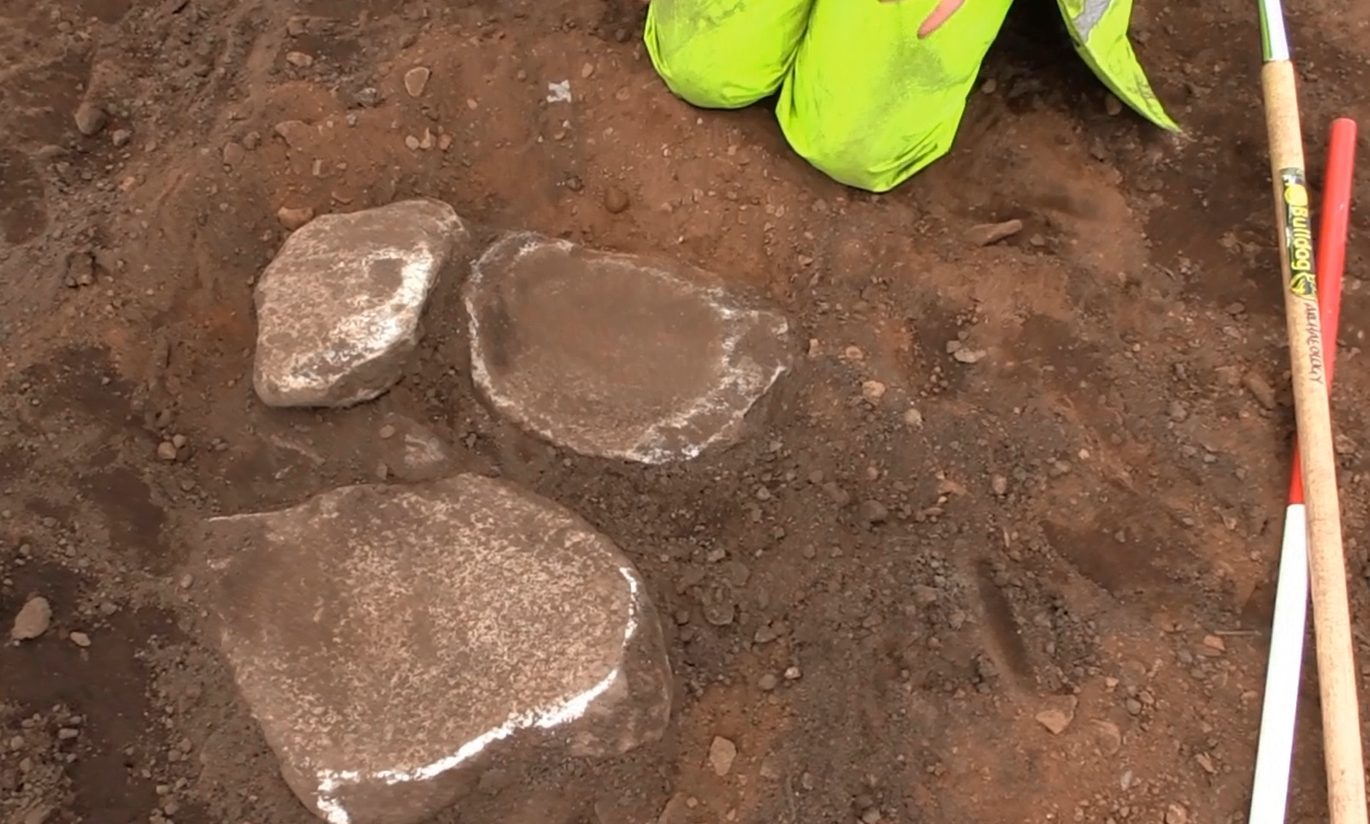Not for the first time, Angus is making ripples in the world of international heritage.
Last year in Scotland’s Birthplace — the controversial county slogan which got the local authority into a bit of bother with historians more than a decade ago — work got under way on community football pitches at Carnoustie.
A routine archaeological survey was part of the project, but Balmachie Road has given up Bronze Age riches which have fair excited the experts.
The Newton Farm treasure trove now extends to over 600 pieces of evidence from ancient life in the area, painstakingly removed for more detailed examination and to allow work to finally get underway on the pitches.
It’ll take months, perhaps years for the pieces in what has been described as an internationally significant find to be carefully cleaned, protected and logged, but work is now due to get under way on the sports facility.
For sure, the generation hoping to be the next Rooney or Ronaldo will probably care a lot less about Neolithic long houses than they do the deep ball into the penalty area at the heart of someone’s living room from thousands of years ago.
Golden balls rather than Bronze Age, if you like.
The remarkable find has also come with a not insignificant archaeological bill of around £300,000 which the local authority will largely have to foot.
Priceless the Carnoustie haul may be in historical terms, but some might rather it could be sold off for cold, hard cash to ease the local authority’s perilous financial situation.
There’s also the question of what will happen to the Angus hoard in years to come.
We don’t have enough room locally to properly display even the magnificent archive of artworks belonging to the county, let alone hundreds of new items of historical significance.
And the Pictish heritage on which the Scotland’s Birthplace slogan was based is no longer under one roof following the passing of the loss-making Pictavia centre at Brechin into history.
One of the first awe-inspiring pieces to be unearthed at Balmachie was an impressive gold-hilted weapon thought to be up to 4,000 years’ old.
But it seems that the Carnoustie artefact has turned out to be a bit of a double-edged sword.
